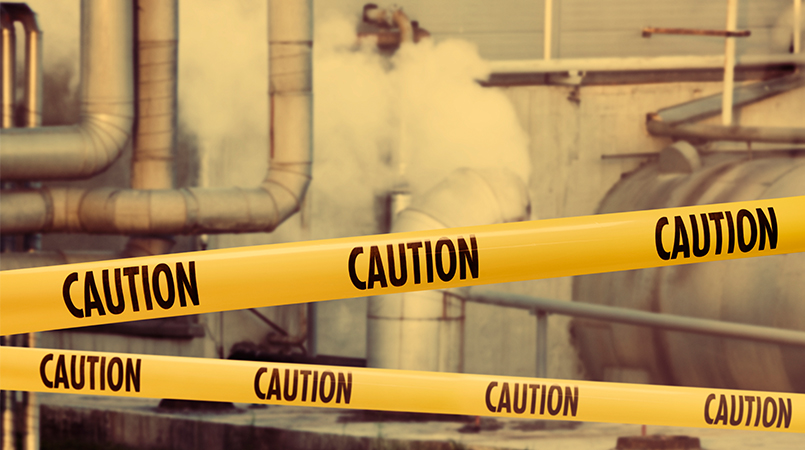Common Ground on Hazard ID Reporting
09/14/2013

While many of our clients approach problems with varying solutions, the heart of their goals and challenges are often the same. Working collaboratively with a group of clients who share goals and challenges can result in a single, simple solution that everyone agrees best meets their needs. At VelocityEHS we strive to find opportunities to follow this practice, and recently proved once again how well it serves the product and our user community.
A group of our clients in Calgary, primarily oil & gas producers and service providers, share a common desire to collaborate periodically on best practices related to the VelocityEHS system. They invited us to facilitate their first meeting, a one day workshop hosted by Encana back in June. We did some preliminary analysis to prepare for this meeting. This analysis revealed some key areas in the Incident Management system where these companies had implemented different solutions around similar needs, with varying degrees of success (based on data/usage). At the workshop we proposed doing a deep analysis together on one of these areas – hazard identification reporting. Our proposal was welcomed with open arms and what a productive and insightful exercise that was!
At this workshop we shared a matrix that revealed the workflow steps and data captured for all nine companies on their Hazard IDs. It was interesting to witness the deep rooted interest they shared in comparing notes and asking “why” amongst each other. What we learned (and celebrate) is that our clients may often be tight-lipped with each other as competitors in the market, but transparency and collaboration is the rule on matters related to protecting people and the environment. For us to play a key role in helping to facilitate that is... well, one of the reasons I love my job!
Our first step was to validate our hunch that the business goals around Hazard ID reporting are consistent between these similar companies. We peeled back all the layers of assumptions and asked REALLY simple questions. What is a hazard? It is amazing how a simple question can force a group to re-analyze fundamental assumptions and beliefs. In this case it resulted in a hard look at the very core of what they are trying to teach their workforce to identify as part of their safety culture.
We developed a list of eight business needs for a Hazard ID program, all centered around gaining visibility, eliminating hazards for prevention, workforce engagement, accountability for risk management at all levels, and leading indicators of performance. Not only did we confirm our hunch that everyone shared the same business needs, listening to different companies establish common ground gave us tremendous insight.
Further insight was gained from a discussion about challenges experienced by these companies with their Hazard ID programs. What do they feel is preventing them from truly succeeding in meeting their business needs? Some challenges are related to keeping up with the volume of information produced by this program. Quality of information is another concern (how many times can someone report a dusty road before you call it pencil whipping?). Adoption has also been a concern for some companies, particularly for those who have longer, more complex forms that must be completed to report a hazard.
With a good handle on business needs and challenges to date, we rolled up our sleeves (grabbed some cookies and java), and stepped through a single model of workflow and data points for Hazard IDs. Arriving at a consensus was easier than we could have hoped. Voila, nine companies with some of the best in class EHS programs under their belt agreed that keeping it simple is best. For these companies, the number of workflow steps ranged from 1 to 5; the consensus was 2. The number of data points collected on the Hazard ID forms ranged from 9 to 19; the consensus was 8. Now that is simplicity!
What do you think the critical data points are on a Hazard ID form? Please share your comments below.






